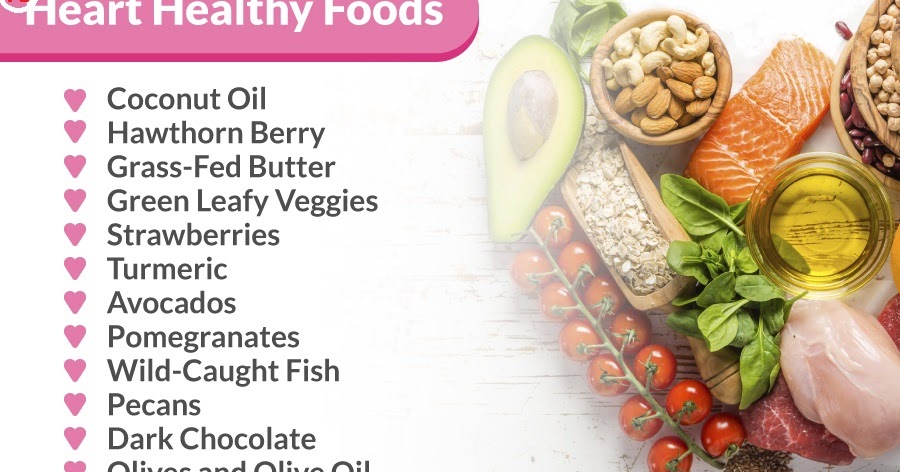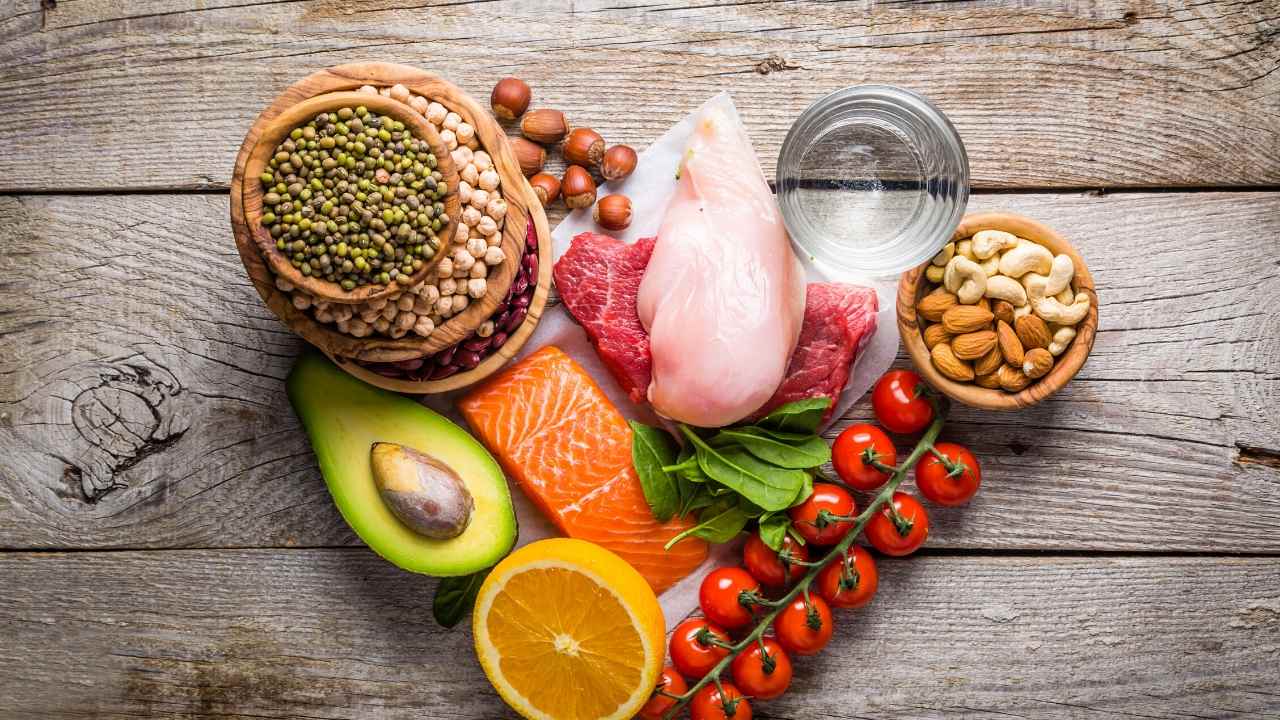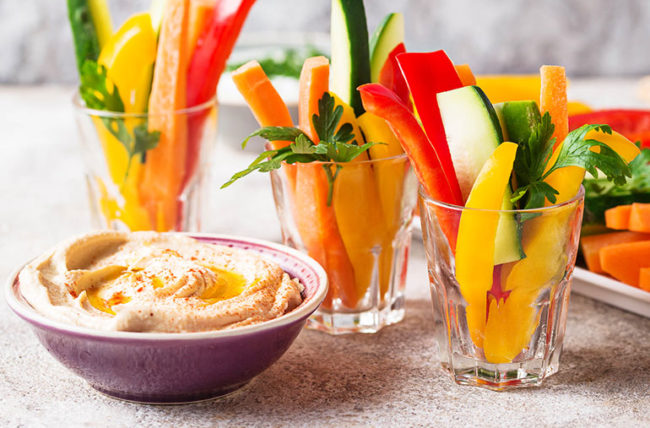
The Paleo diet has many benefits. It doesn't have any strict rules. Because it is primarily plant-based, it doesn’t require a food record. It can be adjusted to meet many different needs. There are restrictions. These include a ban on grains, legumes, dairy products and processed foods. Although this may cause some confusion, it is best to consult a doctor before you start a new diet.
For starters, you should be aware of the foods that should be avoided. Most people on the Paleo diet are at risk of vitamin D and calcium deficiencies. These nutrients are essential for healthy bones. Avoid processed meats, dairy products, eggs, and sugary food. Saturated fat can also lead to certain health conditions like heart disease, diabetes and cancer. You can still get the best results from this diet if youre willing to change.

Fruits and vegetables are a great source of vitamins, minerals, and fiber. They can be higher in sugar than others, and some strict paleo diets even ban potatoes! Bananas are a great example of a food that can be included in the Paleo diet. A medium banana contains 100 calories, 3g of fiber and 25g of carbohydrates. This makes it a great food choice for paleo diets.
The Paleo diet is a great way to eat a variety of foods, but it can also be dangerous if you're not eating enough fiber. This diet does not include grains or legumes. You'll need more effort to get the recommended fiber intake of 25g per day for women (and 38 grams for men) Before you start any new diet, it is important to consult a registered dietitian.
Paleo isn't for everyone. Before making the switch, there are a few things to be aware of. The diet is rich in fruit and protein, but it also has high levels of fat and fiber. High-protein diets are better as they lower the risk of getting diseases. While this diet does have some benefits, it is not suitable for all. Obese or overweight? It's okay to try different things to see what works best for you.

Paleo is a diet that supports healthy digestion. This means that the body can grow the right bacteria. It helps maintain the health of your body's barrier tissue. This diet reduces inflammation. This will prevent an overactive immune system. A strong immune system can only be built upon a healthy digestive system. It can also help you fight inflammatory diseases. It can help reduce the risk of heart disease, diabetes, and cancer.
FAQ
What are the 10 most delicious foods?
The 10 best foods to eat include:
-
Avocados
-
Berries
-
Broccoli
-
Cauliflower
-
Eggs
-
Fish
-
Grains
-
Nuts
-
Oats
-
Salmon
How to measure body fat?
A Body Fat Analyzer (BFA) is the best method to measure bodyfat. These devices can be used to measure body fat percentages in people who are trying to lose weight.
Is being cold bad for your immune system?
Cold can make you less immune to infection because your body makes fewer white blood cells, which are essential for fighting infections. You will feel less pain if you are cold.
Which diet is best for me?
There are many factors that influence the best diet, including your gender, age, weight, health condition, lifestyle, and personal preferences. It is also important to think about how much energy you use during exercise and whether you like low-calorie foods.
Intermittent fasting may be a good choice if you want to lose weight. Intermittent fasting is a way to eat only certain meals during the day instead of three large meals. This may be a better option than traditional diets with daily calorie counts.
Studies have shown that intermittent fasting can improve insulin sensitivity and decrease inflammation. This could lead to improved blood sugar levels, and a lower risk of developing diabetes. Some research also suggests that intermittent fasting might promote fat loss, and improve overall body composition.
What does it take to make an antibiotic work?
Antibiotics are drugs that destroy harmful bacteria. The treatment of bacterial infections is done with antibiotics. There are many types and brands of antibiotics. Some are administered topically, while others can be taken orally.
People who have been exposed are often given antibiotics. For example, if someone has had chicken pox, he or she might take an oral antibiotic to prevent shingles later on. For those with strep-thorphritis, an injection of penicillin could be administered to prevent them from getting pneumonia.
A doctor should give antibiotics to children. Children are more susceptible to side effects from antibiotics than adults.
Diarrhea, the most common side-effect of antibiotics, is probably diarrhea. Side effects of antibiotics include diarrhea, stomach cramps and nausea. These side effects usually disappear once treatment has ended.
What is the problem with BMI?
BMI is the acronym for Body Mass Index. It measures body fat based upon height and weight. This formula calculates BMI.
Weight in kilograms divided by height in meters squared.
The result can be expressed as a number between zero and 25. A score of 18.5 or higher indicates overweight, while a score of 23 or higher indicates obesity.
A person who is 100kg and 1.75m tall will have a BMI 22.
What is the difference in fat and sugar?
Fat is an energy source from food. Sugar is a sweet substance found naturally in fruits and vegetables. Both fats, as well sugars, provide the same number calories. Fats however, have more calories than sugars.
Fats are stored in the body and contribute to obesity. They can cause cholesterol buildup, which can lead you to heart attacks and strokes.
Sugars provide instant energy and are rapidly absorbed by the body. This causes blood sugar levels to rise. High blood sugar levels can cause type II diabetes.
Statistics
- According to the 2020 Dietary Guidelines for Americans, a balanced diet high in fruits and vegetables, lean protein, low-fat dairy and whole grains is needed for optimal energy. (mayoclinichealthsystem.org)
- In both adults and children, the intake of free sugars should be reduced to less than 10% of total energy intake. (who.int)
- nutrients.[17]X Research sourceWhole grains to try include: 100% whole wheat pasta and bread, brown rice, whole grain oats, farro, millet, quinoa, and barley. (wikihow.com)
- WHO recommends reducing saturated fats to less than 10% of total energy intake; reducing trans-fats to less than 1% of total energy intake; and replacing both saturated fats and trans-fats to unsaturated fats. (who.int)
External Links
How To
How to keep yourself motivated to exercise and eat well
Tips for staying healthy and motivated
Motivational Tips to Stay Healthy
-
Make a list of your goals
-
Set realistic goals
-
Be consistent
-
When you reach your goal, reward yourself
-
Even if you make a mistake, don't quit!
-
Have fun